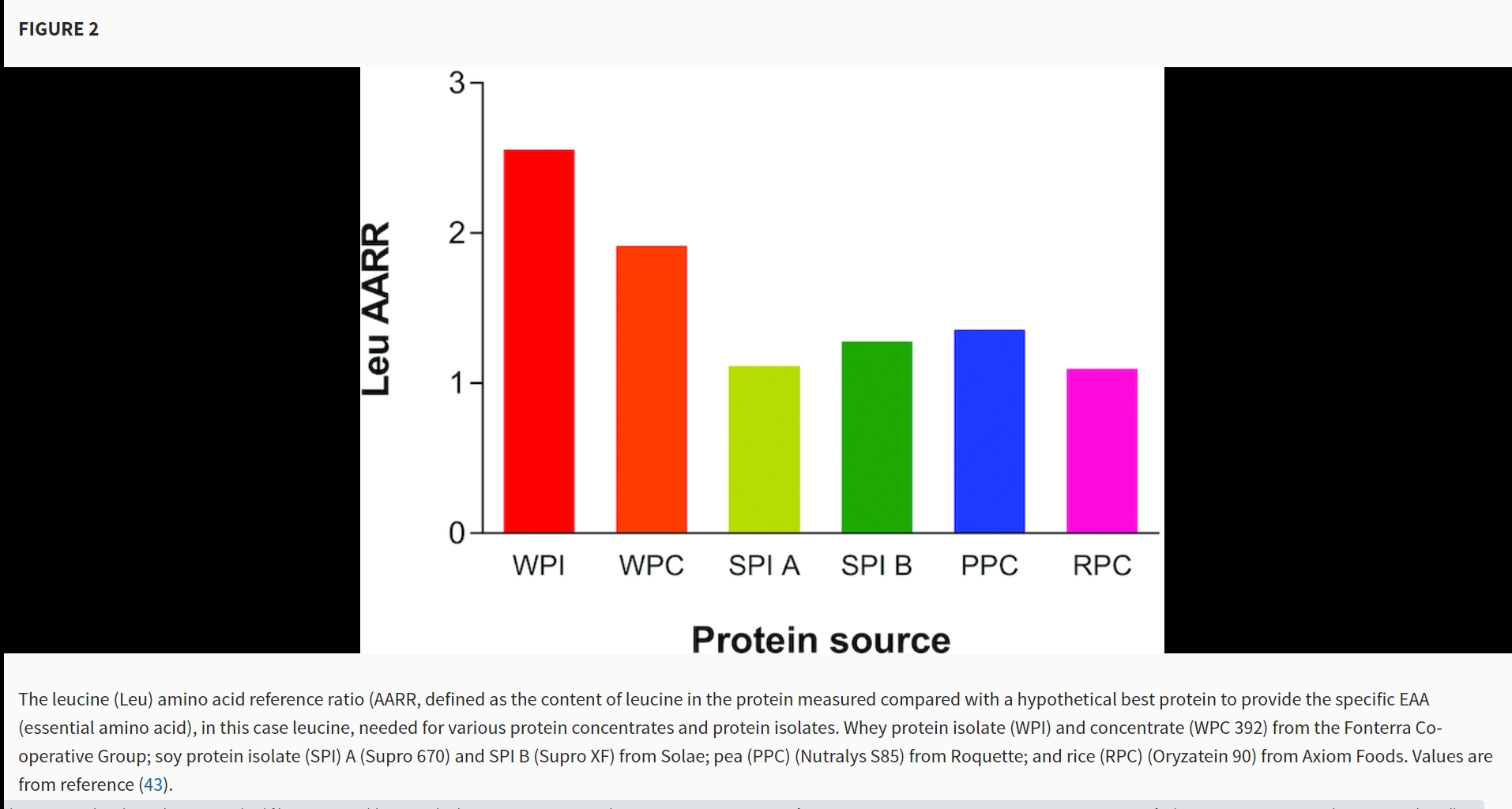Optimizing Adult Protein Intake During Catabolic Health Conditions
Stuart M Phillips, Advances in Nutrition, Volume 11, Issue 4, July 2020, Pages S1058–S1069,
The DRIs define a range of acceptable dietary intakes for each nutrient. The range is defined from the minimum intake to avoid risk of inadequacy (i.e., the RDA) up to an upper limit (UL) based on a detectable risk of adverse effects. For most nutrients, the minimum RDA is based on alleviating a clear deficiency condition, whereas higher intakes are often recommended to optimize specific health outcomes. Evidence is accumulating that similar logic should be applied to dietary recommendations for protein.
Although the RDA for protein of 0.8 g/kg body weight is adequate to avoid obvious inadequacies, multiple studies provide evidence that many adults may benefit from protein quantity, quality, and distribution beyond guidelines currently defined by the RDA. Further, the dietary requirement for protein is a surrogate for the constituent amino acids and, in particular, the 9 considered to be indispensable. Leucine provides an important example of an essential amino acid where the RDA of 42 mg/kg body weight is significantly less than the 100–110 mg/kg required to optimize metabolic regulation and skeletal muscle protein synthesis. This review will highlight the benefits of higher protein diets to optimize health during aging, inactivity, bed rest, or metabolic dysfunction such as type 2 diabetes.














